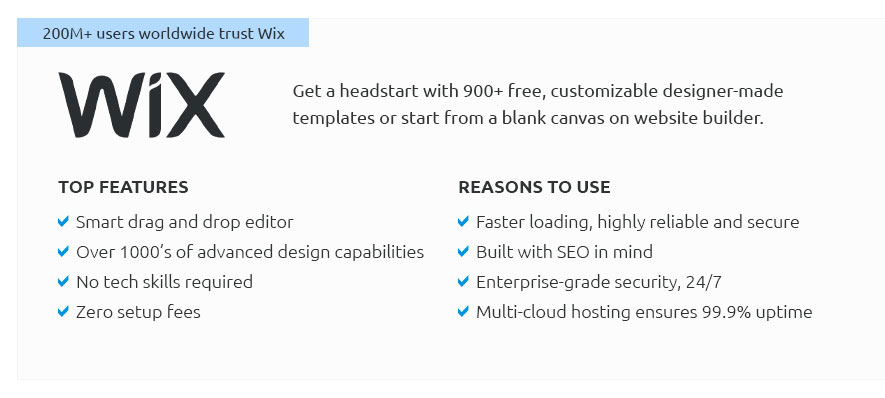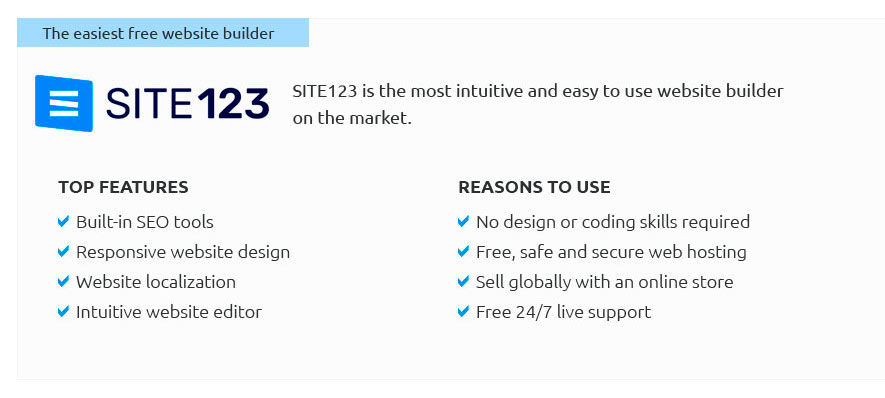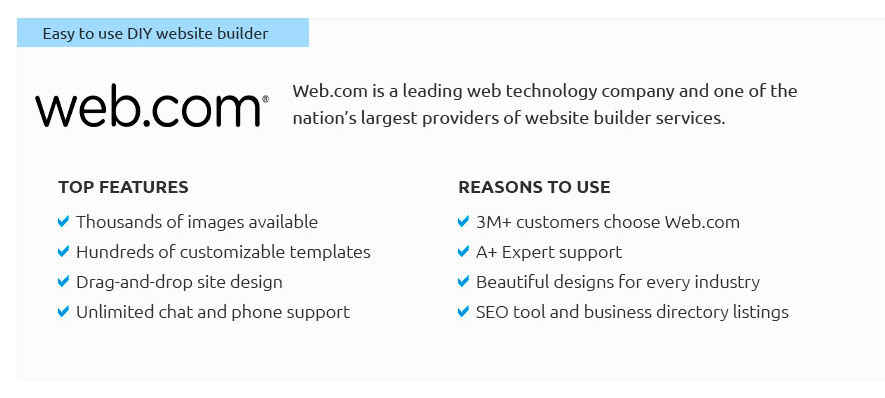 |
 |
 |
 |
|
 |
 |
 |
|
 |
|
 |
 |
|
 |
|
 |
|
 |
 |
Setting Up Your Own Website: A Comprehensive GuideIn the digital age, establishing an online presence has become almost as essential as having a phone number. Whether you're a budding entrepreneur, an artist looking to showcase your portfolio, or someone with a passion for blogging, creating a website can open doors to myriad opportunities. But how does one set up a website? While it might seem daunting at first, with the right guidance, anyone can do it. Let's delve into the intricate yet fascinating process of setting up your own website, step by step. Choosing the Right Domain Name Your journey begins with selecting a domain name. Think of this as your website's address on the internet. It should be easy to remember, spell, and ideally, reflect the essence of your brand or the content you intend to share. Websites like GoDaddy or Namecheap offer intuitive platforms to search for available domain names and register them. It's worth spending some time brainstorming a name that resonates with your mission because a well-chosen domain can be a powerful marketing tool. Deciding on a Web Hosting Service Once you have your domain, the next step is selecting a web hosting service. This is where your website will live, and choosing the right host is crucial for performance, reliability, and support. There are numerous options available, such as Bluehost, SiteGround, and HostGator. When choosing a hosting provider, consider factors like uptime guarantees, customer service, pricing, and scalability. A shared hosting plan is a popular choice for beginners due to its affordability, but if you're expecting high traffic, you might want to consider a dedicated server or VPS. Designing Your Website The design phase is where your creativity takes center stage. Tools like WordPress, Wix, and Squarespace offer user-friendly platforms with a plethora of templates and customization options to suit different tastes and needs. WordPress, in particular, is favored for its flexibility and the vast array of plugins available that can add functionality to your site. Pay attention to user experience (UX) and ensure your website is mobile-friendly, as a significant portion of web traffic comes from mobile devices. Content Creation Content is king, as the saying goes. The information you present on your website should be engaging, informative, and regularly updated to keep your audience coming back. Whether it's through blog posts, videos, or interactive elements, quality content can help establish your credibility and authority in your niche. Additionally, employing basic SEO (Search Engine Optimization) techniques, like using relevant keywords and creating meta tags, can improve your site's visibility on search engines. Testing and Launching Before you go live, it's crucial to test your website thoroughly. This includes checking for broken links, ensuring that forms and interactive elements work correctly, and verifying that the site loads quickly. Tools like Google PageSpeed Insights and GTmetrix can help analyze your site's performance and provide suggestions for improvements. Once you're confident everything is in order, it's time to launch your site and share it with the world. Maintenance and Updates Setting up a website isn't a one-and-done task. Regular maintenance is essential to keep your site secure and functioning optimally. This includes updating software, backing up data, and monitoring site analytics to understand your audience better. Engaging with your visitors through comments or social media can also provide valuable feedback and foster a sense of community. In conclusion, while setting up a website involves several steps and considerations, it's a rewarding endeavor that can significantly enhance your digital footprint. With patience and dedication, you can create a platform that not only serves your immediate needs but also grows with you over time. https://www.weebly.com/
Easily build a free website to help you get discovered and grow your customer base in style. Start today with our powerful free website builder. https://www.reddit.com/r/learnprogramming/comments/12mvjym/how_to_make_a_website_for_freemyselfon_my_own/
I would recommend starting with HTML, CSS, and JavaScript. These are the foundational languages for building websites, and there are plenty of great tutorials ... https://www.youtube.com/watch?v=eduJO54uCRU
1:12:30 Go to channel How to Make a WordPress Website for Beginners 2021 + FREE Template Download Create a Pro Website
|